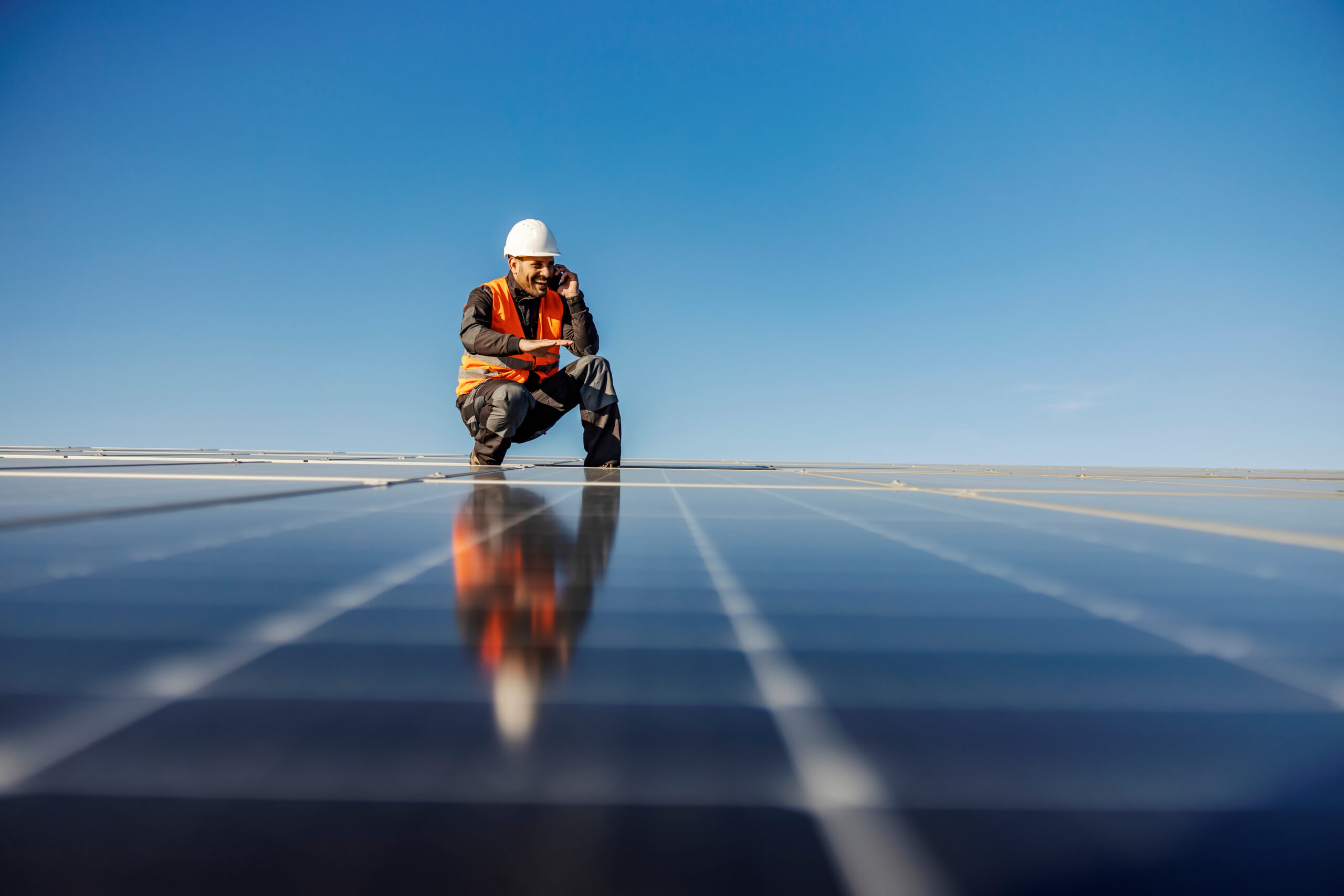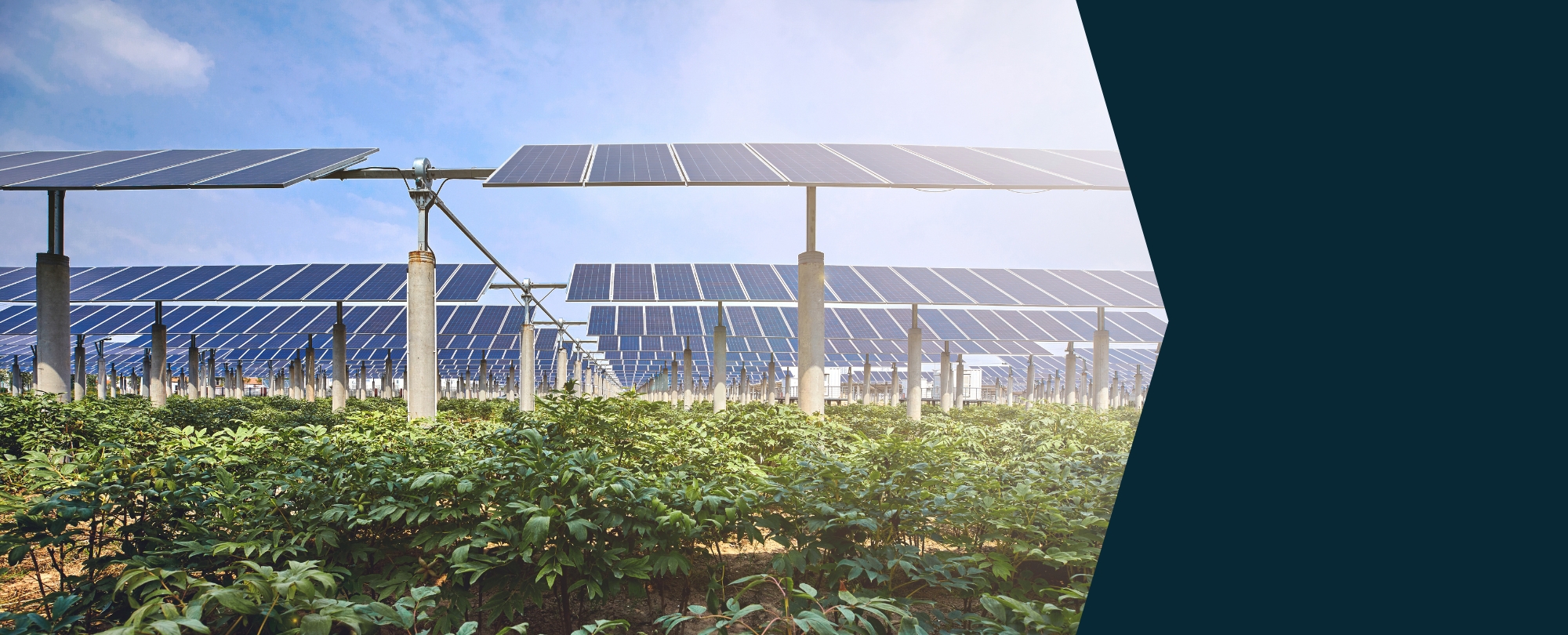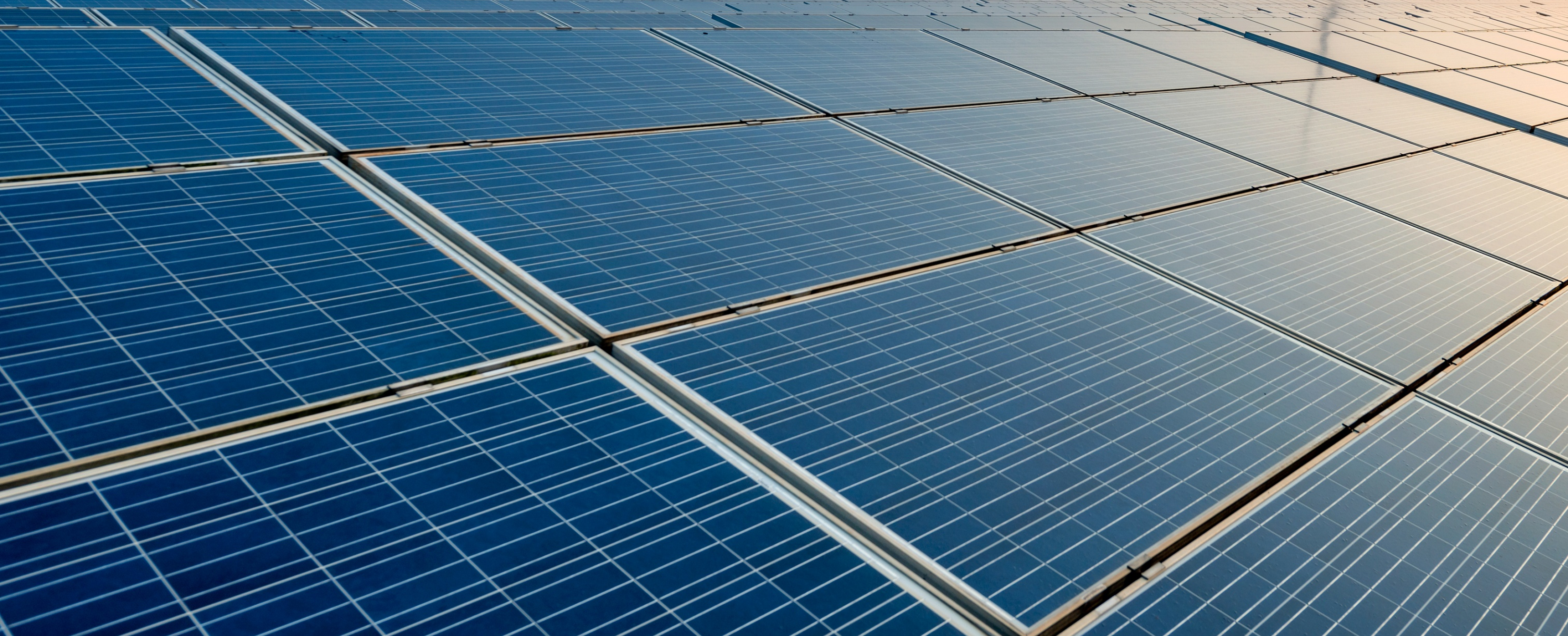
Disassembling and recycling solar power plants is straightforward
The concern about decommissioning industrial solar power plants at the end of their lifecycle is understandable. However, it's important to recognize that the end of the lifecycle is thoroughly considered already when designing industrial-scale solar power plants.
Kari Terho expressed concern in his opinion piece (HS 22.5.) about decommissioning industrial-scale solar power plants once they reach the end of their lifespan. This concern is understandable, but it’s important to note that the end-of-life phase is carefully considered already when planning large-scale solar power plants.
Land use agreements include restoration obligations, which require the plant owner to return the area to its natural state or another agreed-upon use after decommissioning. These agreements also include a decommissioning bond specifically set aside for dismantling and restoration purposes.
Dismantling and recycling solar power plants is significantly easier than many other types of energy facilities. The lightweight frame structures, foundation, and panel components are easy to remove and recycle. Most components used in solar power plants are highly recyclable and retain value even after the plant’s operational life ends.
The plant structures are dismantled and recycled, and the area is restored to its natural state, reforested, used for agriculture, or repurposed in a way that best suits environmental and energy production needs.
Generally, solar power plants are built on previously modified land, such as former fields, peat areas, and industrial sites. Repurposing these lands is a responsible and sustainable practice. Additionally, co-locating solar power plants with wind farms is an efficient use of land.
The production of renewable energy, including solar power, is the future direction supported by Finland’s carbon neutrality goals. Finland also aims to be a leader in the circular economy, and the recyclable value of solar power plant components remains even after production ends.
Solar power is a crucial part of sustainable energy production, and its lifecycle management is well-planned and responsible. These factors ensure that solar power will play an increasingly significant role in Finland’s energy mix in the future.
Olli Malkamäki CEO, Semecon
Petri Haataja Vice President, Korkia
This article was originally published in Finland’s largest daily newspaper Helsingin Sanomat on May 26, 2024, as a response to a reader’s opinion piece. Korkia and Semecon have a significant portfolio of industrial-scale renewable energy projects in development. Read more about the projects on our website and Semecon’s website.


